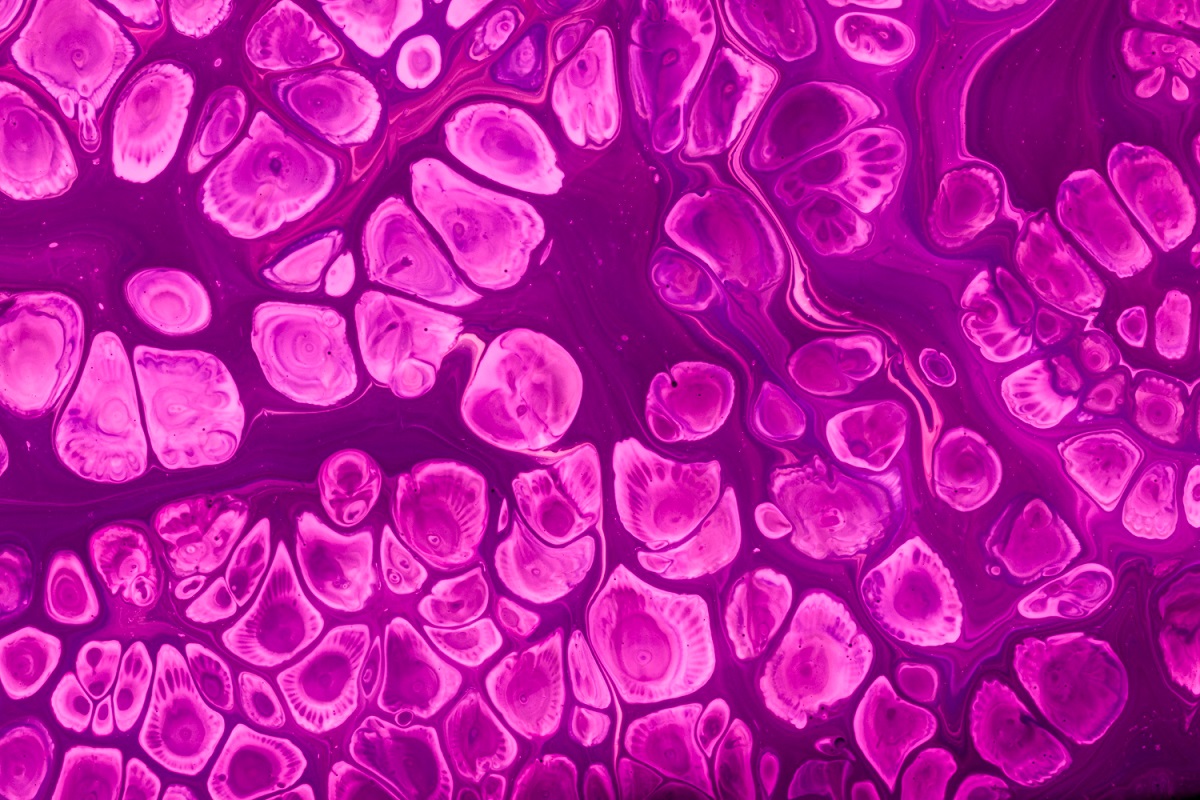KEY TAKEAWAYS
- The study aimed to investigate the effectiveness of ECC in accurately diagnosing CIN in patients with HPV positive.
- Researchers noticed that ECC is crucial for detecting CIN in HPV-positive patients, especially those with specific smear results or age factors.
Ibrahim Gulhan and the team aimed to explore the effectiveness of endocervical curettage (ECC) in diagnosing cervical intraepithelial neoplasia (CIN) among patients who tested positive for human papillomavirus (HPV). Despite ECC being a widely used procedure, its role in the accurate detection of CIN remains a topic of debate, particularly in cases where colposcopic findings are inconclusive.
They performed an inclusive analysis of patients referred for colposcopy between 2018 and 2022 due to abnormal screening results. They extracted data from medical records, including ECC results, age, cytology, HPV status, and colposcopic impressions. Multinomial logistic regression analyses were conducted to identify factors that could predict the presence of CIN on ECC.
The primary focus was to evaluate the likelihood of high-grade squamous intraepithelial lesions (HSIL) in ECC among patients with cervical biopsy results of normal and low-grade squamous intraepithelial lesion (LSIL).
About 6.7% of HSILs were detected in ECC results from patients with normal and LSIL cervical biopsy results. No significant difference was found in the detection rates of CIN in ECC among groups with smear results categorized as negative for intraepithelial lesions or malignancy (NILM), atypical squamous cells of undetermined significance (ASC-US), and LSIL.
The likelihood of HSIL being observed in ECC was 2.2 times higher in patients with HPV16. Additionally, the probability of LSIL diagnosis was 2.3 times higher in women aged 50-59 years and 2.8 times higher in women aged 60 years and above compared to the reference group of women under 30 years of age.
The probability of LSIL diagnosis was 2.3 times higher, and HSIL detection by ECC was 2.2 times higher in both older age categories (P<.012 and P=.032, respectively) than in the reference group of women under 30 years.
The study concluded that regardless of colposcopic findings, ECC should be performed in patients with smear results of NILM who are positive for HPV16, in patients with smear results of ASC-US and LSIL who are positive for any oncogenic type of HPV, and in patients aged 50 and above with any smear result or any oncogenic HPV type.
The study received no funds.
Source: https://pubmed.ncbi.nlm.nih.gov/39127897/
Gulhan I, Özdemir R, İleri A, et al. (2024). “The role of endocervical curettage in the diagnosis of cervical intraepithelial neoplasia in human papillomavirus positive patients.” Ann Saudi Med. 2024;44(4):220-227. doi:10.5144/0256-4947.2024.220



